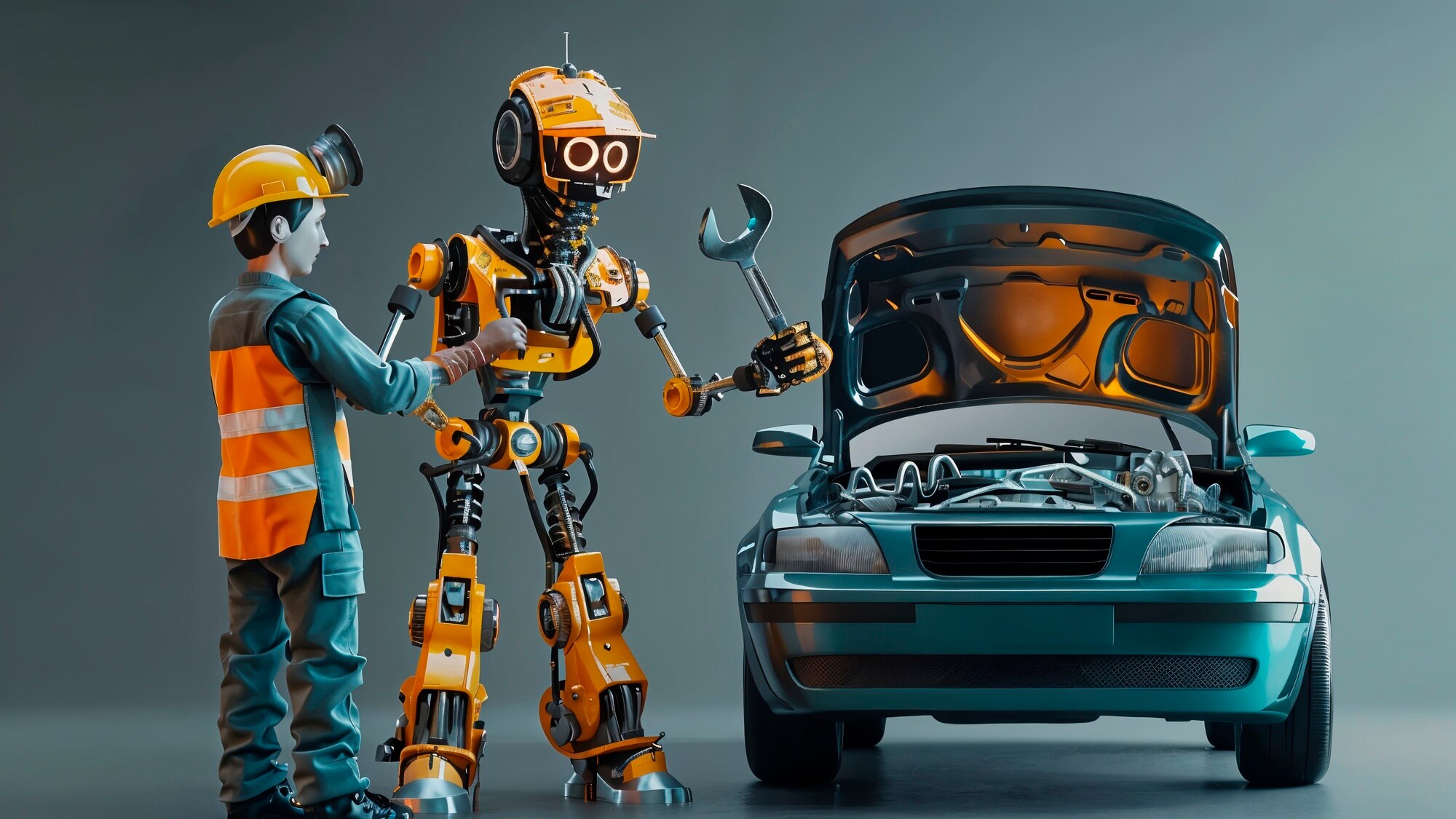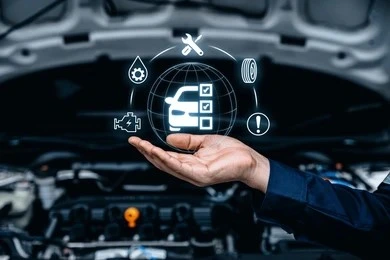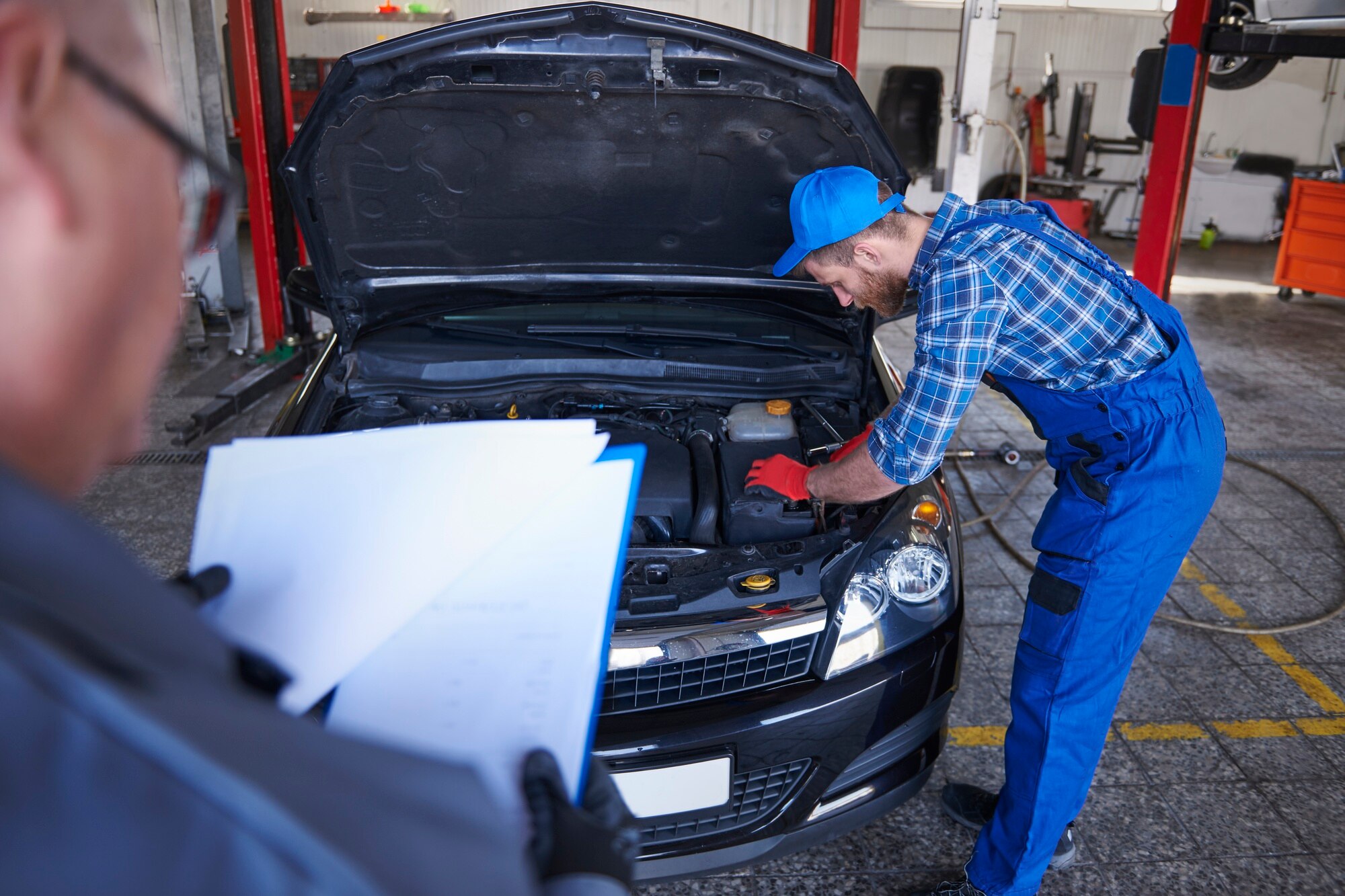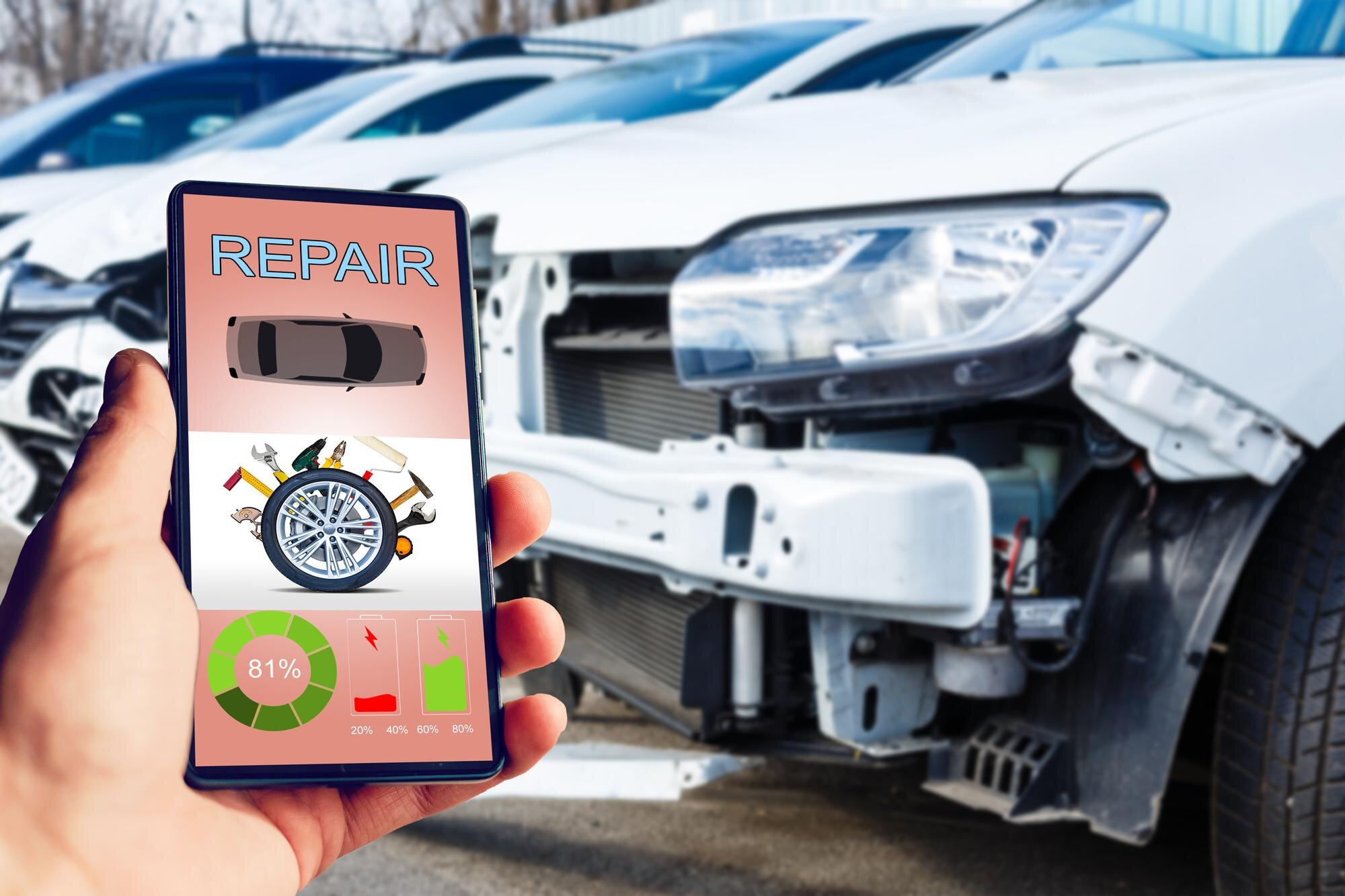Understand how consistent vehicle inspections can prevent expensive repairs and extend your car’s lifespan.
Introduction
The automotive world is rapidly evolving, and car maintenance is no exception. Thanks to advances in smart technology and artificial intelligence (AI), traditional methods of vehicle upkeep are being replaced by faster, more efficient, and highly accurate systems. From predictive diagnostics to automated inspections, these innovations promise to revolutionize how we care for our cars. Let’s explore what the future holds for car maintenance in this tech-driven era.
Predictive Maintenance: Solving Problems Before They Happen
What Is Predictive Maintenance?
Predictive maintenance leverages data from sensors, telematics, and AI algorithms to monitor your vehicle in real time. Unlike traditional maintenance schedules based on time or mileage, predictive systems identify potential issues before they occur. This proactive approach helps to reduce car maintenance costs.
How It Works
- Data Collection: Sensors embedded in the vehicle gather data on engine performance, brake wear, fluid levels, and more.
- AI Analysis: AI analyzes this data to identify patterns and anomalies that indicate wear or malfunction.
- Alerts: Drivers receive notifications about required maintenance, allowing them to address problems proactively.
Benefits
- Reduces unexpected breakdowns.
- Extends vehicle lifespan.
- Saves money by addressing issues early.
Automated Inspections: Faster, Smarter, Better
How Automated Inspections Work
AI-driven inspection systems use advanced imaging and diagnostic tools to assess vehicle health. For instance, cameras and sensors can scan tires, brakes, and other components for wear and tear within minutes. Automated systems like these are becoming essential in modern vehicle inspections.
Real-World Examples
- Tire Scanners: Systems like Hunter Engineering’s Quick Check Drive analyze tire tread depth and alignment as the vehicle passes through a scanning station.
- AI-Based Diagnostics: Tools like Bosch’s AI-powered software perform deep diagnostics by analyzing millions of data points from past inspections.
Why It Matters
Automated inspections reduce human error, ensure consistency, and significantly cut down the time required for routine check-ups.
Smart Sensors: Your Car’s Real-Time Watchdogs
Types of Sensors
- Tire Pressure Monitoring Systems (TPMS): Ensure optimal inflation levels.
- Oil Quality Sensors: Measure the condition of engine oil.
- Brake Pad Sensors: Alert drivers when brake pads are worn.
IoT Integration
These sensors are connected via the Internet of Things (IoT), enabling seamless data sharing with maintenance systems and apps. The integration of IoT in vehicle maintenance opens up new possibilities for efficiency.
Impact on Maintenance
With real-time monitoring, drivers are always informed about their vehicle’s health, reducing reliance on scheduled check-ups. Learn more about routine car maintenance for a healthier vehicle.
AI-Powered Diagnostics: Smarter Solutions for Complex Problems
How AI Diagnoses Issues
AI uses machine learning to compare your car’s data against vast databases of known issues. For example:
- Identifying unusual engine vibrations.
- Detecting abnormal emissions levels.
- Recognizing electrical system failures.
Case Studies
- Tesla’s Diagnostics: Tesla vehicles come equipped with AI that not only identifies problems but also schedules service appointments.
- Hyundai’s AI Platform: Hyundai’s smart service program predicts maintenance needs based on driving habits and vehicle usage.
Mobile Apps and Digital Dashboards: Maintenance at Your Fingertips
Key Features
- Maintenance reminders.
- Real-time diagnostic reports.
- Booking options for service appointments.
Popular Tools
- MyCarFax: Tracks maintenance history and sends alerts.
- OBD Auto Doctor: Provides detailed diagnostic information via an OBD-II scanner.
Benefits
These tools make maintenance more accessible, empowering drivers to stay informed and take action immediately.
The Role of Autonomous Vehicles in Maintenance
As autonomous cars become more common, they’ll bring new challenges and opportunities for maintenance:
- Self-Diagnosis: Autonomous vehicles will use AI to diagnose their own issues and even perform minor repairs.
- Remote Updates: Software-driven vehicles like those from Tesla can receive over-the-air updates to fix bugs or enhance performance.
- Fleet Management: Companies like Uber and Waymo will rely heavily on AI-driven systems to maintain large fleets of autonomous vehicles efficiently.
Challenges and Considerations
While the future of car maintenance looks bright, there are challenges to address:
- Data Privacy: Ensuring that sensitive vehicle data remains secure.
- Cost: Initial adoption of AI-driven tools and systems may be expensive.
- Learning Curve: Drivers and mechanics must adapt to new technologies.
Preparing for the Future: Actionable Steps for Drivers
- Stay Informed: Keep up with emerging technologies in vehicle maintenance.
- Adopt Smart Tools: Integrate apps and sensors into your daily driving routine.
- Seek Professional Help: Ensure your mechanic is well-versed in the latest diagnostic technologies.
Conclusion
The future of car maintenance is shaped by intelligent systems that will help us manage our vehicles more efficiently, saving time, money, and effort. By staying updated on technological advancements and adopting the latest tools, drivers can ensure their cars remain in top condition for years to come. For more information on cutting-edge maintenance services, visit AutoInspect.




Share this post: